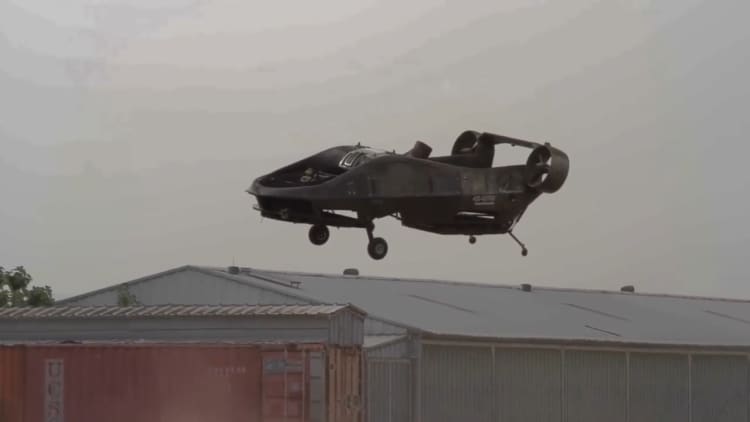Each day, 30-year-old construction worker Ryan Moret loads up the same equipment before heading to a new work site: A hard hat for head protection, a safety vest for visibility, and heavy-duty boots to walk around the debris.
The field manager for McCarthy Building Companies also adds one more unusual accessory: A DJI Phantom 4. The white quadcopter, with a mounted camera, is used to take aerial shots of the construction site.
Moret is part of a new generation of construction workers that rely on drones as hypermobile tools: Eyes in the sky that gaze upon any part of the work site. Once the realm of racers and hobbyists, drones are also putting their stamp on the construction sector.
In fact, construction drone usage has skyrocketed by 239 percent year over year, compared to 198 percent in mining and 172 percent in agriculture, according to a May report on commercial drone trends by DroneDeploy, which provides mapping solutions for drone users.
“The cost of the tool is low enough the quality of data we’re receiving is just intrinsically valuable when we see it,” said Moret, who was his company’s first licensed drone pilot. McCarthy Building Companies, on Forbes’ list of America’s Largest Private Companies, has $3.5 billion in revenue.
Moret’s first drone assignment, surveying the Children’s Health hospital in Plano, Texas, came almost immediately after he got his license.
“You’re a little nervous because you don’t know what to expect,” he said.

Drones have taken over the role of cumbersome and expensive planes that previously handled on-site aerial photography. While the devices can be outfitted to handle more advanced jobs like mapping and thermal heat imaging, Moret said the majority of drone work is to take aerial site photographs.
“When trouble arises, something got covered up, or when conditions change and we have to look at where something was, picture is worth a thousand words--and a thousand dollars,” he added.
The Phantom 4 Pro, a consumer drone made by Shenzhen, China-based DJI, is listed as the most popular mapping drone according to DroneDeploy. That is followed by the foldable Mavic Pro at 27 percent. Moret’s own Phantom 4 is the third most popular drone, used by 16 percent pilots, DroneDeploy data showed.
In fact, the majority of drones used on construction sites are simple off-the-shelf drones from DJI. Moret said the idea to use those units came after he visited a retail shop.
“You’re watching it fly around, looking at the controller,” said Moret. “The photos we’re used to getting were a lot further away,” and compare favorably to airplanes, which “can’t fly slow, can’t hover in spot.”


